How Legacy Brokers and Neo-Brokers Are Bridging the Technology Gap
Blending bespoke and off-the-shelf trading technologies helps brokers, banks and asset managers modernize, while online-only platforms can expand without building tech from scratch.
For years, financial institutions faced a binary choice: build custom IT infrastructure in-house, or rely on off-the-shelf platforms. Today, a hybrid model dominates, driven by regulatory demands, cost pressures and the expectations of digital-first investors.
By embedding advanced third-party trading capabilities into their operations, firms can boost liquidity, streamline workflows and automate a range of tasks throughout the trading life cycle, from opening accounts to trade execution and reporting.
“When you start a sales pitch with a client they will have similar needs, but not identical ones,” says Chris Cheverall, Managing Director and Head of Prime Services at CMC Connect the institutional offering from CMC Markets. “There is no perfect out-of-the-box solution we could deliver.”
Instead, CMC Markets, an API-driven trading technologies provider, tailors technology solutions to fit the needs of different institutions.
Challenges for legacy brokers and neo-brokers
Each financial institution approaches its tech strategy differently, depending on its market position and existing IT infrastructure. Legacy brokers—those established before the rise of mass-market electronic trading—have been losing market share to lower-cost neo-brokers with online-only platforms. But while digital-first brokers may have superior technology, they often lack the product range to grow quickly.
“It’s an evolution of an existing theme, which is broadly centered on two things: One is client preferences in terms of digital versus non-digital, and one is cost,” says Cheverall.
Digital upgrades create efficiencies that can lower costs for end users and investors, and they are increasingly being implemented across the spectrum of financial service providers.
“One potential client we’re speaking with noticed they were losing market share because they didn’t have online solutions,” says David De Juan Sardina, Global Head of Relationship Management at CMC Connect the institutional offering from CMC Markets. “Their clients were saying, ‘I don’t want to trade with you, I want to do it from my mobile.’ That’s something we can deliver quickly.”
At the other end of the spectrum, digital-first platforms adopt open API infrastructure to boost liquidity in new asset classes, and to support algorithmic trading and risk management.

Technology to support transparency
Regulatory requirements are another major driver behind hybrid technology strategies.
“The journey from account inception to trade execution to settlement must be captured in the same stream, so that you don’t have breaks, you don’t have trade file errors, you don’t have misreporting,” says Cheverall. “And none of that is achievable without the right tech.”
For those operating across multiple jurisdictions, near-real-time data exchange and automated reporting are mandated under frameworks like the UK Consumer Duty.
“It’s about proving that everyone is getting the right service for the right price,” says Cheverall.
Responding to a new generation of investors
Millennial and Gen Z investors are reshaping the products and services offered by financial firms, and how they are delivered.
It’s not enough to offer an app; investors compare financial services based on speed, sophistication and ease of use. And as today’s younger generations are poised to inherit trillions of dollars, financial institutions must ensure that their digital journeys are best in class.
“I think we’re past the tipping point,” says Cheverall. “From a customer-facing perspective, the whole thing has to exist in one life cycle. It has to cover everything, from inception to end.”
One major online-only bank that recently partnered with CMC Markets has fully embraced the buy-and-build model to scale rapidly, which means that it can add new asset classes without building regulatory infrastructure from scratch.
“The benefit on their side was speed to market; rather than dealing with compliance and distribution, they could focus on their core business,” says Cheverall.
The bank broadened investment opportunities for its clients, and was able to outsource key regulatory responsibilities, including maintaining key information documents (KIDs).

Smarter tech for uncertain times
Rapidly evolving technology is helping institutions manage risk and anticipate market shifts in near-real time.
“I don’t think there is a financial institution globally that doesn’t have some element of API,” says De Juan Sardina. “From product information to trading to charts to account information, reporting information, corporate actions—it’s about automation, and they want fast delivery and reliability. API is a language that everybody speaks.”
For those seeking a third-party technology provider, reliability is essential. For one of CMC’s newer clients, knowing that they were partnering with a publicly traded company gave them confidence.
“They wanted to check our capital, our research and our cash in the bank to ensure we are reliable,” explains De Juan Sardina. “Their second question was, ‘Prove to me that you have done something similar.’”
Buy-and-build is here to stay
For financial institutions that have yet to embrace buy-and-build, the message is clear: Adopt a hybrid tech strategy to evolve quickly—without reinventing the wheel.
